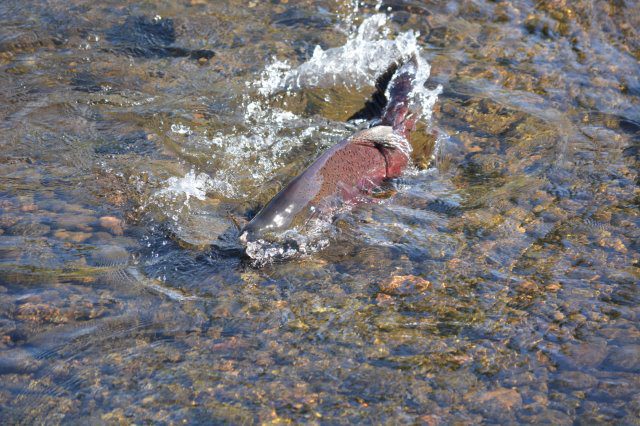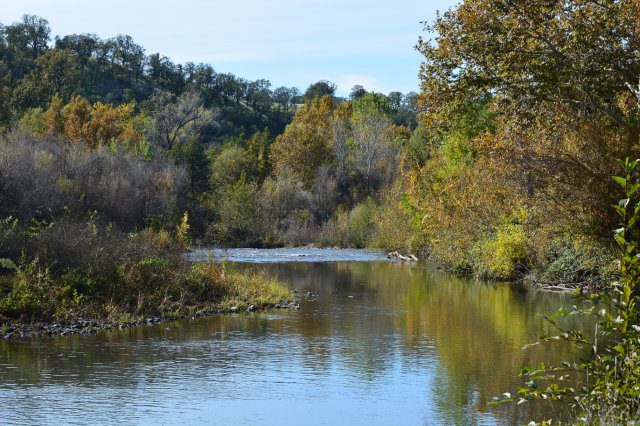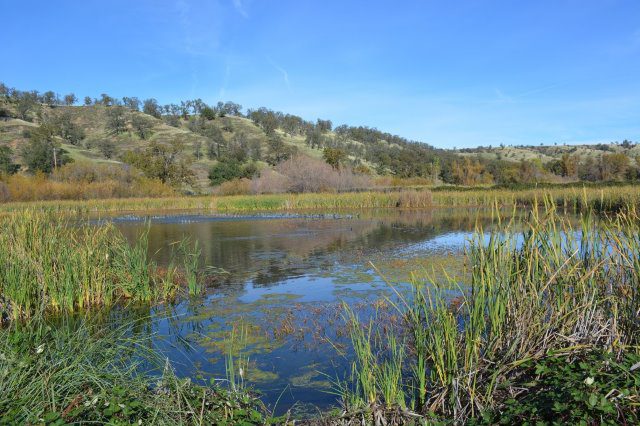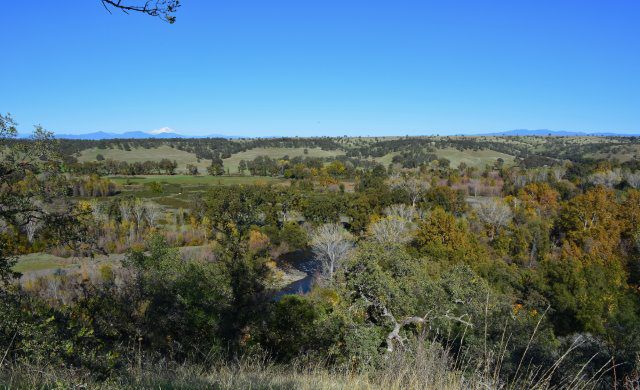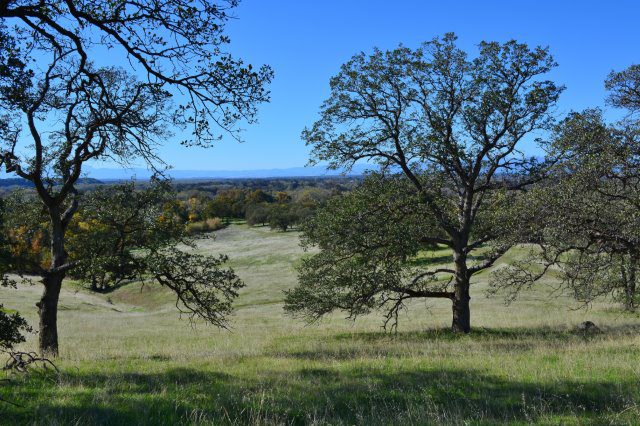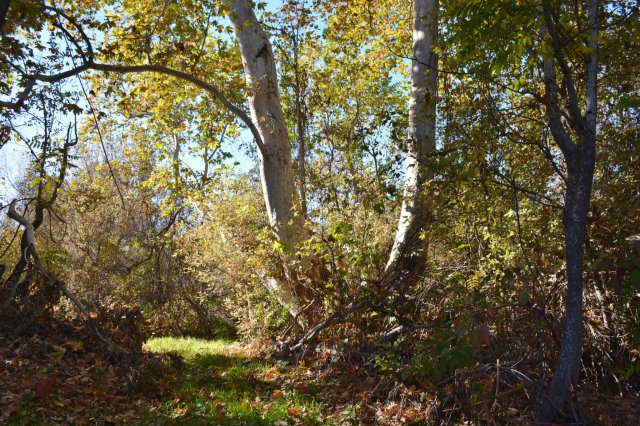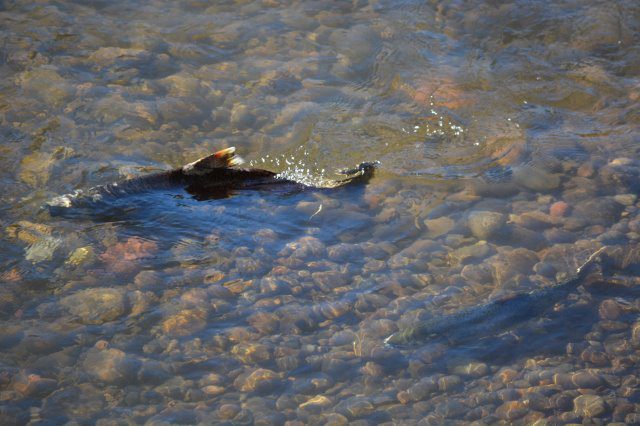I’m sometimes asked if I had any favorite places to work during my twenty-one years supervising the warden force in western Shasta County. Lower Battle Creek immediately comes to mind—especially the tree-lined section from the mouth, where Battle Creek flows into the Sacramento River, to the barrier weir at Coleman National Fish Hatchery.
Every fall, from mid-September to early November, this three-mile stretch of Battle Creek would come alive with fall-run Chinook salmon. Right behind the salmon were the poachers—some by day and some by night—with fist-sized snag hooks, dip nets, spears, and pitchforks. Many’s the autumn we had to practically stand guard on this extraordinary stream and its anadromous visitors.
For me, the days of chasing salmon poachers are over, but Kathy and I still enjoy watching these marvelous fish make their incredible journey upstream to spawn. Possibly the best place in Northern California to experience this wonder of nature, and a whole lot more, is Battle Creek Wildlife Area.
On any given day, we can hike the riparian trail, with its giant native sycamores, majestic valley oaks, bald eagles, red-shouldered hawks, great horned owls, and legions of soaring turkey vultures. Every break in the vegetation offers a window to Battle Creek itself—its reflective surface decorated with brilliant fall colors, its gravel bottom excavated with salmon redds and laden with fish eggs, its waters alive with the sights and sounds of salmon splashing their way upstream.
At the eastern end of the trail leading to the hatchery, we enjoy the wetlands, frequented by mallards, wood ducks, buffleheads, marsh wrens, bitterns, herons, and egrets. For a breathtaking bird’s-eye view of Battle Creek and the entire wildlife area, we hike the rolling hillsides on the southeast side of County Line Bridge.
Just across Jellys Ferry Road, near the old metal barn, is another fascinating trail, leading through acres of restored native vegetation. This is an ideal location for viewing a plethora of songbird species, as well as deer, fox, and bobcat. At the end of this trail we pass the remnants of an old walnut orchard and drop into a dense forest of willows, blackberry vines, and giant sycamores. Once again, we’re captivated by the familiar sounds of splashing fish. If we approach quietly, we might spot a bald eagle, a flock of turkey vultures, or even a family of river otters, feeding on the spawned-out salmon carcasses.
Those of us living in Shasta and Tehama Counties are fortunate to have special places like the Battle Creek Wildlife Area right at our doorstep. We can show our appreciation by passing through quietly, leaving the lands, waters, plants, fish, and wildlife just as we found them.
I’m excited to include a chapter about my adventures with salmon poachers on lower Battle Creek in my new book, The Game Warden’s Son—Over a Half-Century of Protecting California’s Wildlife. This sequel to Badges, Bears, and Eagles will be released by Coffeetown Press in 2015.
This piece originally appeared in my November 16, 2014 “On Patrol” column at MyOutdoorBuddy.com. It has been modified for posting on this blog.

